Loudspeakers come in all shapes and sizes, but that is not what really sets them apart from one another. Driver design choices and how they are integrated into a loudspeaker cabinet play a huge role in the sound that is reproduced.
In some cases, one or more passive radiators, ports, or vents, are used in addition to speaker drivers. In this article, we take a look at speakers that incorporate ports or vents, which are referred to as a Bass Reflex design.
What a Bass Reflex Speaker Is
A bass reflex speaker combines a tube, port, or vent with a traditional speaker driver to produce the desired sound reproduction.
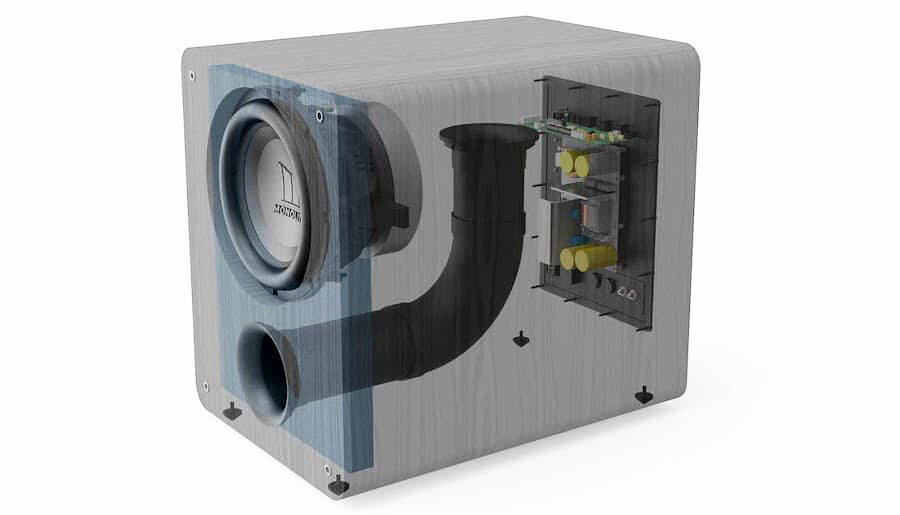
When placed inside a speaker enclosure in combination with the traditional speaker, the bass reflex assembly produces sound by pushing air generated by the main speaker through a port or vent into the listening area.
The main driver pushes air both forward and backward. The air pushed out of the front of the cabinet is dispersed directly into the listening area while the air pushed via the back of the speaker is routed through a tube to a port or vent and then into the listening area. The ports or vents may be located on the front or rear of the speaker cabinet and can vary in depth and diameter.
The port or vent that releases the pushed air into the listening area adds to the speaker by providing more sound, with an emphasis on lower frequencies, without requiring more amplifier power.
Another advantage of a front ported loudspeaker is that they can be placed closer to the wall behind them minimizing the impact of that surface and the corners of the room on the bass response of the loudspeaker.
Where Bass Reflex Speakers Are Used
You might find bass reflex assemblies used with the following types of speakers.
Subwoofers: The purpose of a subwoofer is to provide room-filling deep bass. By using one, two, or sometimes three ports in combination with the main subwoofer speaker driver, more air can be pushed out at the desired low frequencies while keeping the subwoofer enclosure smaller.
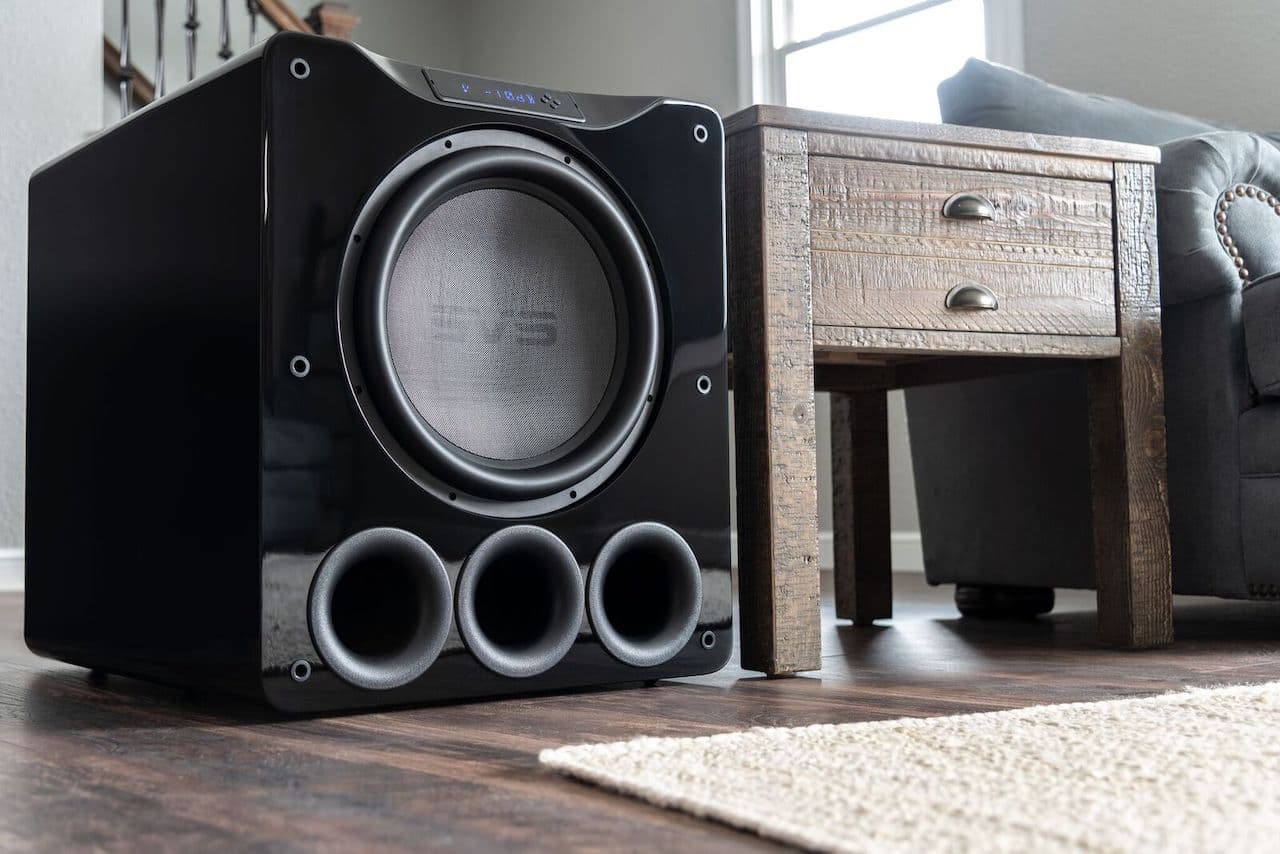
Floorstanding or Bookshelf Speakers: In a similar way to the ports or vents used in a subwoofer, a floorstanding or bookshelf speaker can complement the already included mid/woofer or woofer speaker in the low-frequency department, providing a fuller sound without requiring more amplifier power.
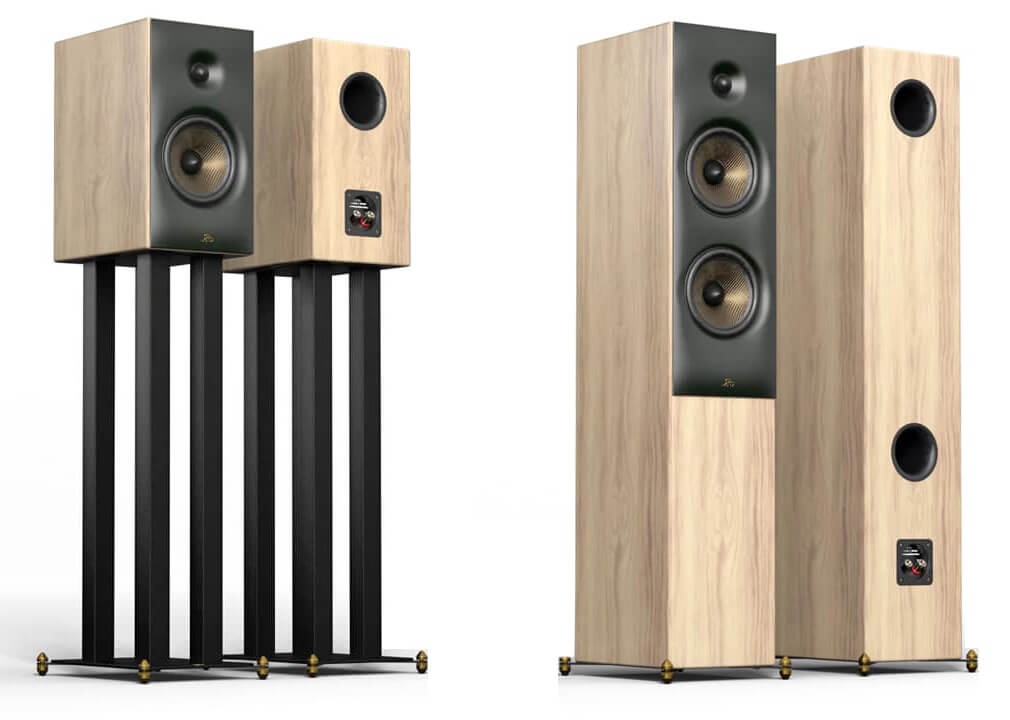
Tip: Some portable and smart speakers may include a bass reflex assembly, but more likely, they will use a passive radiator for that purpose instead as it takes up less interior space.
Optimizing a Bass Reflex Speaker
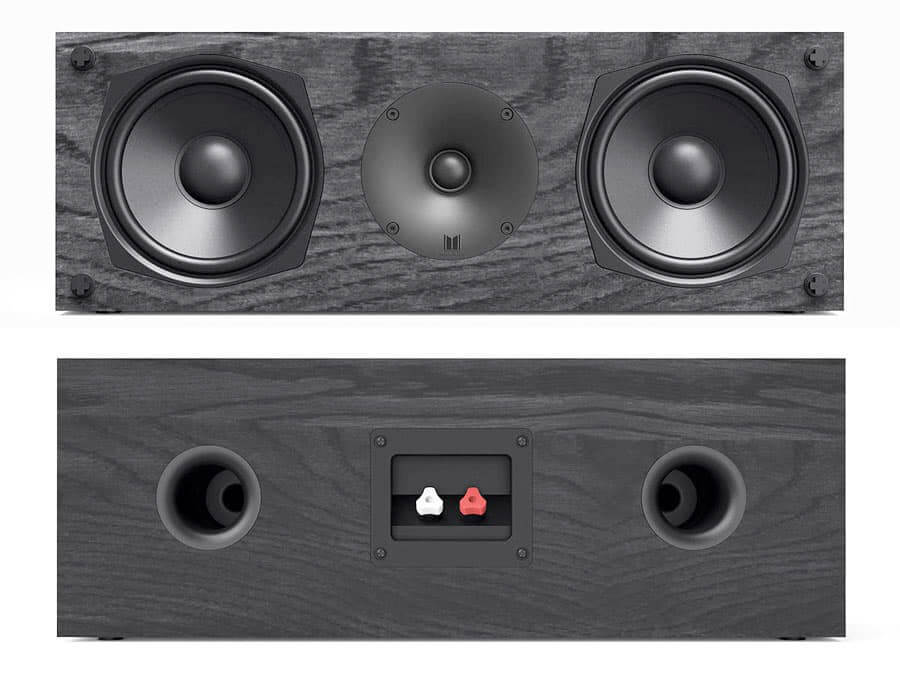
On the surface, the bass reflex speaker concept is easy to understand, but makers don’t just place a random tube inside the speaker enclosure and connected to a port or vent.
When speaker designers make the choice to incorporate one or more ports or vents into a loudspeaker or subwoofer, the following needs to be taken into consideration:
Exterior Speaker Enclosure Design: The exterior part of the enclosure, such as the baffle type used, has to support the sound coming out of the port or vent into the room cleanly without interference.
Interior Speaker Enclosure Design: The interior of the enclosure needs to support the movement of air from the main speaker(s) so that the air moves through the internal tube and out of the port or vent at the desired frequencies.
The Choice of Main Driver(s): The main driver(s) needs to reproduce the audio input signal at the desired frequencies and that it/they move the right amount of air to take advantage of the speaker’s bass reflex capabilities.
Designing the Tube(s): The tube that feeds the port or vent needs to complement the main speaker(s) and the enclosure so that they all work together to provide the desired listening experience.
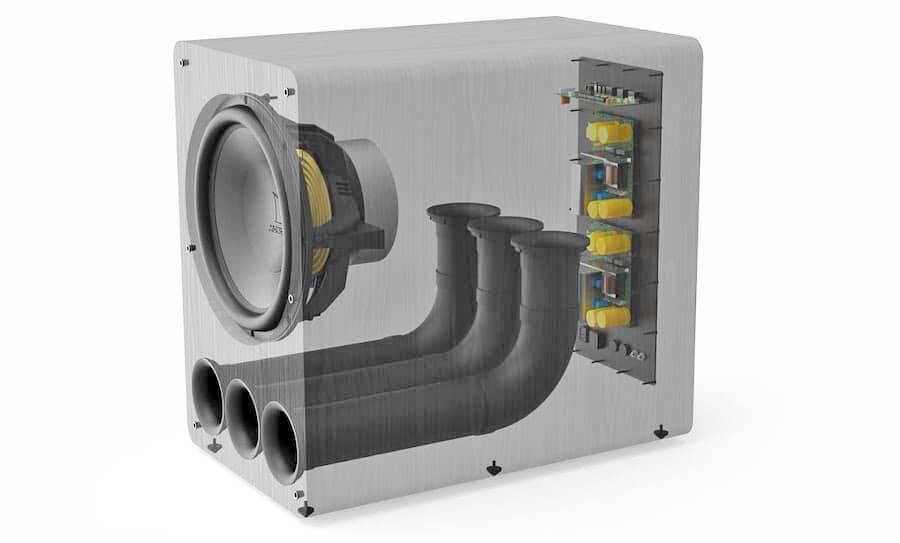
Tuning: In addition to assembling all of the necessary components, the speaker designer then has to tune the bass reflex assembly to the main speaker(s) to avoid unwanted distortion and make sure the desired frequencies are emphasized with enough audibility.
Some things that are tuning obstacles include puffing or whooshing sounds from the port as airflow increases. Also, unlike a sealed speaker enclosure, some bass-reflex speakers may not be as fast, accurate, or distortion-free as a subwoofer or speaker with more, or larger traditional speaker drivers or a speaker driver in combination with a passive radiator.
If the tuning process is performed successfully, the bass reflex assembly absorbs energy from the main speaker(s), which reduces their motion (dampening). A by-product of using the bass reflex solution is that damage (aka blowout) to the main speaker(s) is reduced. This means that a bass reflex speaker (depending on brand/model) may be driven at higher volume levels safely.
Tip: Although there are audible and physical design benefits to consider using ports or vents, another benefit is that they are less expensive than adding larger traditional speaker drivers to a loudspeaker configuration.
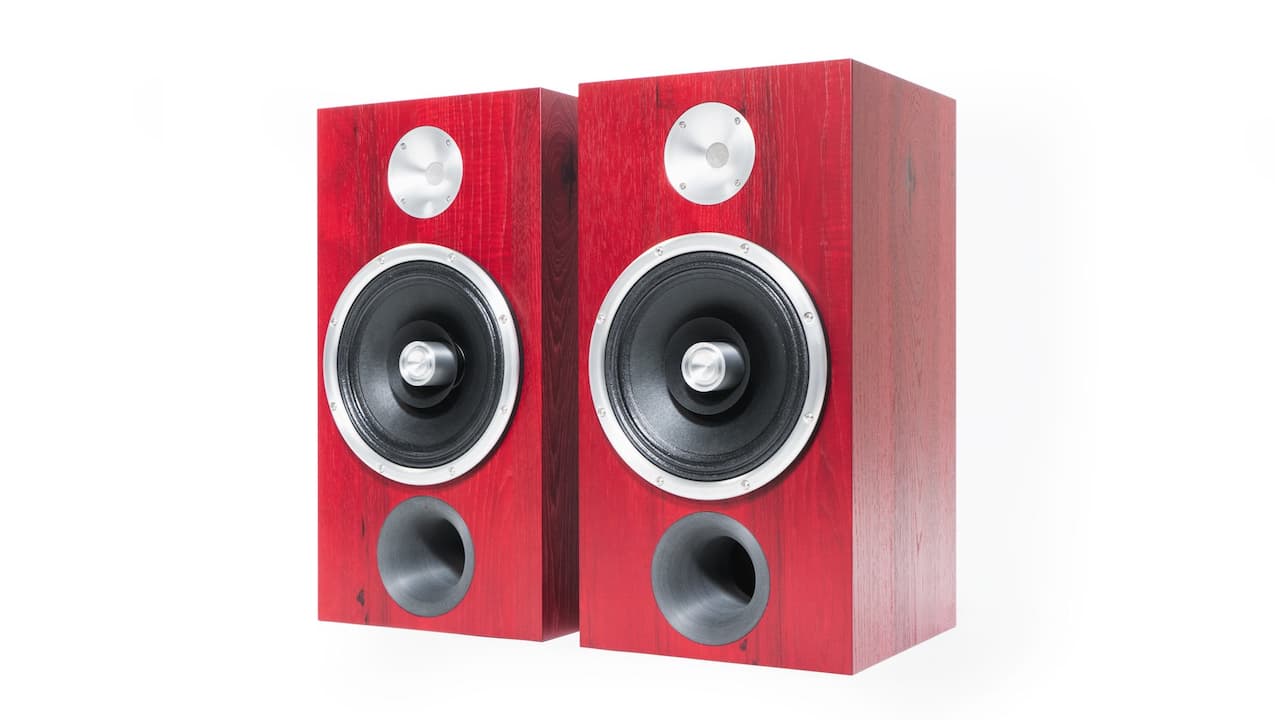
Examples of Bass Reflex Speakers
- ZU Audio DWX Loudspeakers
- Klipsch Reference Premiere II Loudspeakers
- Revival Audio SPRINT 3 and 4 Loudspeakers
- Monoprice Monolith Audition Speakers
- Monitor Audio Flagship Platinum 3G Speaker Lineup
- Stenheim Alumine Two.Five Loudspeakers
Examples of Bass Reflex Subwoofers
- Wilson Audio Loke Subwoofer
- SVS PB & PC Subwoofers
- Monoprice Monolith THX Subwoofers
- Monoprice Monolith Dual Driver Bass Reflex Subwoofers
- Polk Audio Monitor XT10 Subwoofer
- Klipsch Reference Premiere Subwoofer Collection
- RSL Speedwoofer 10S Subwoofers
Tip: Another method of adding to loudspeaker sound output is to use a passive radiator instead of using a bass reflex design, which we will cover separately.

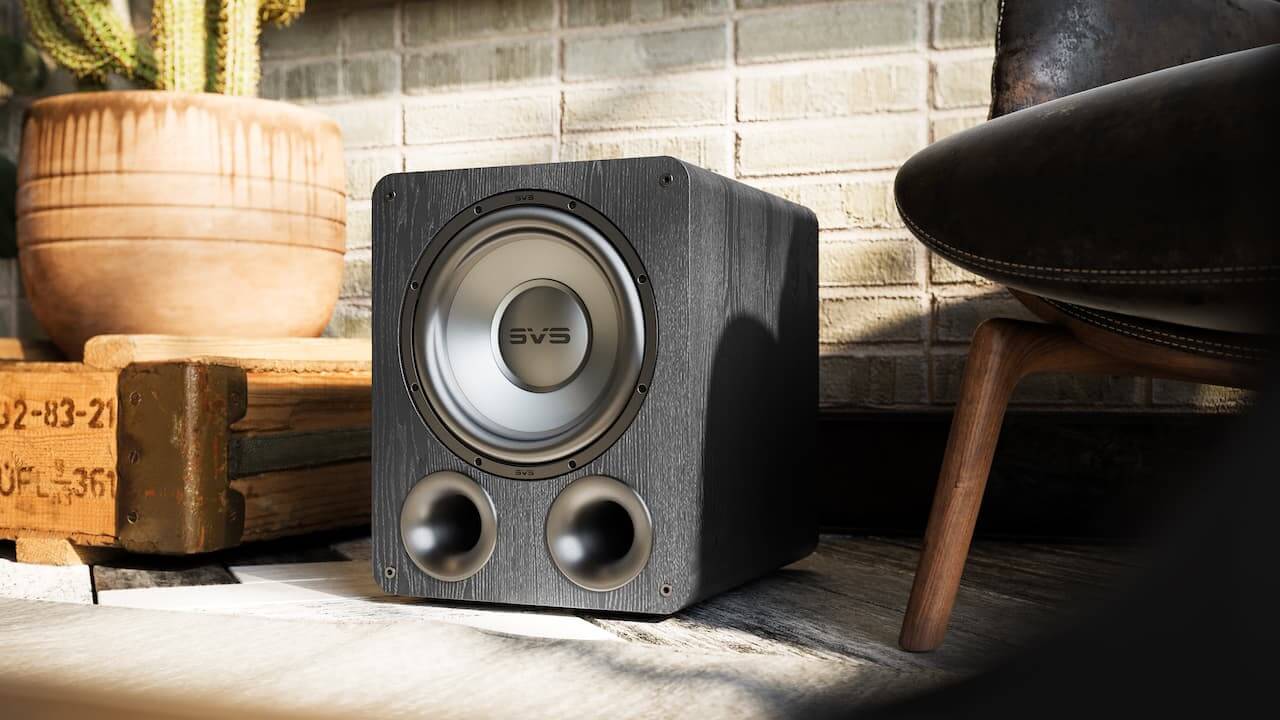
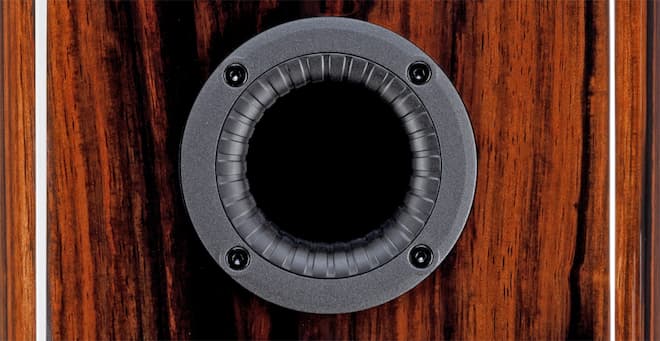
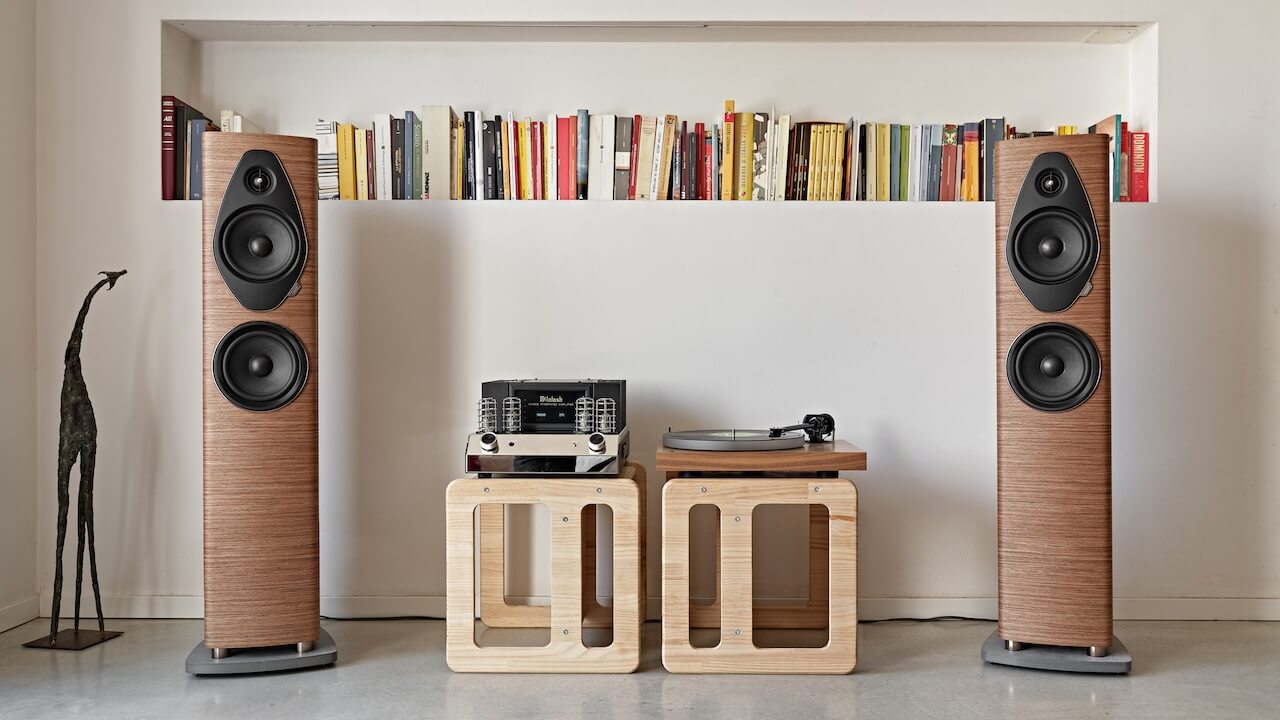

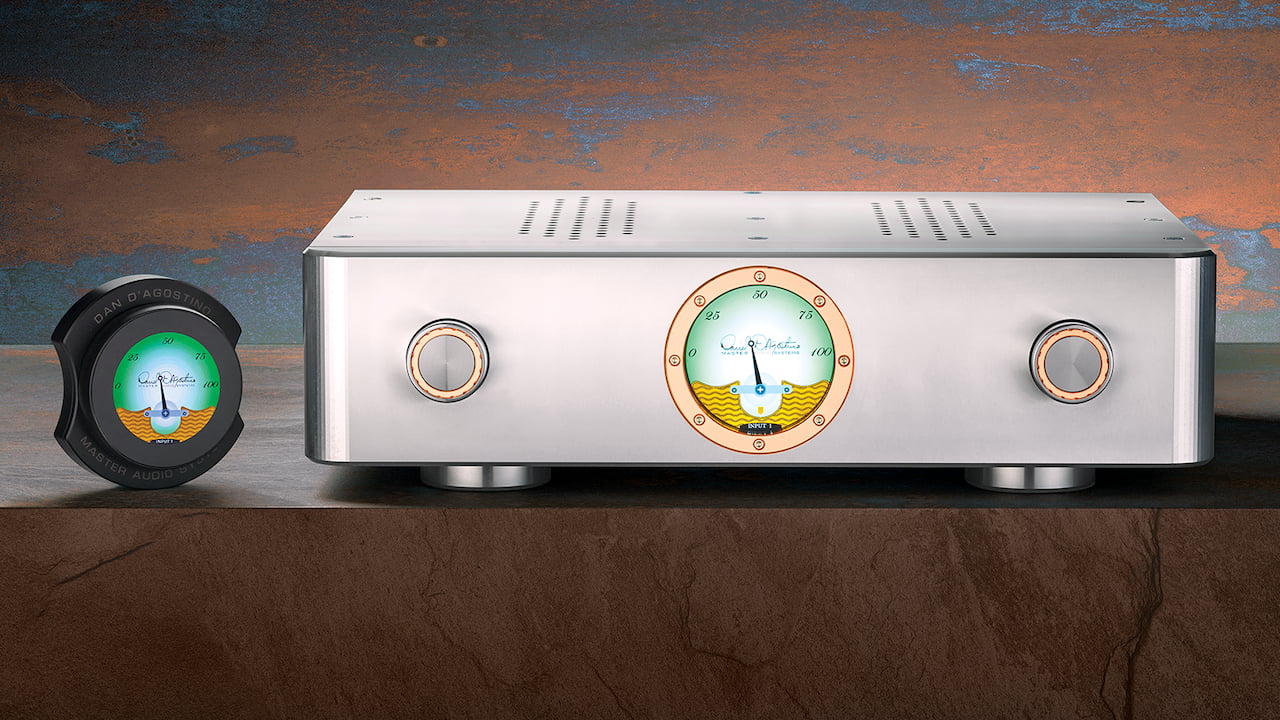
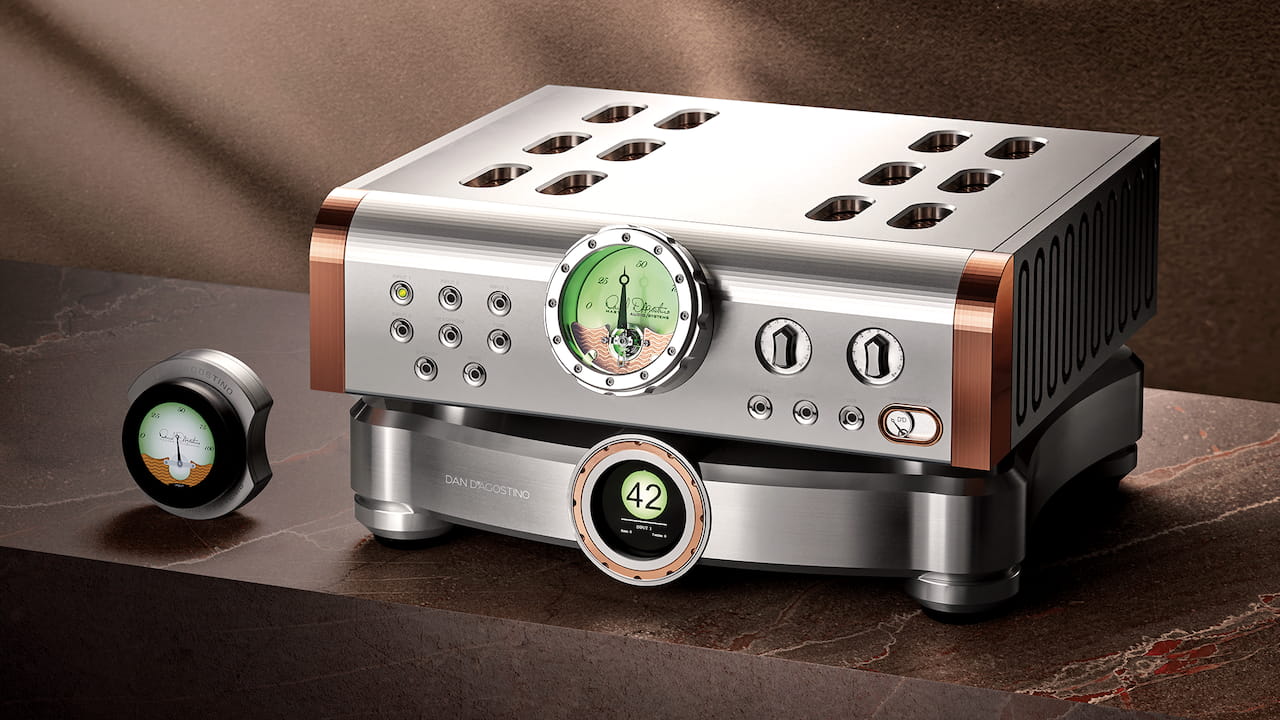
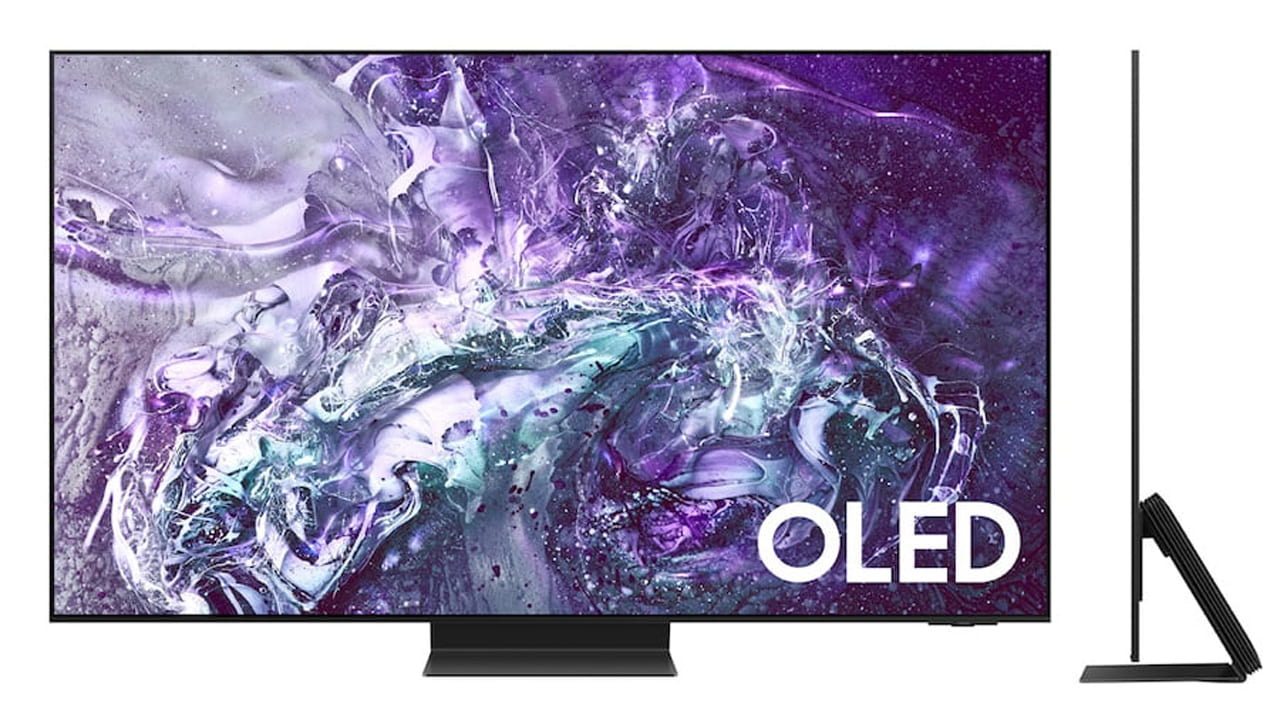
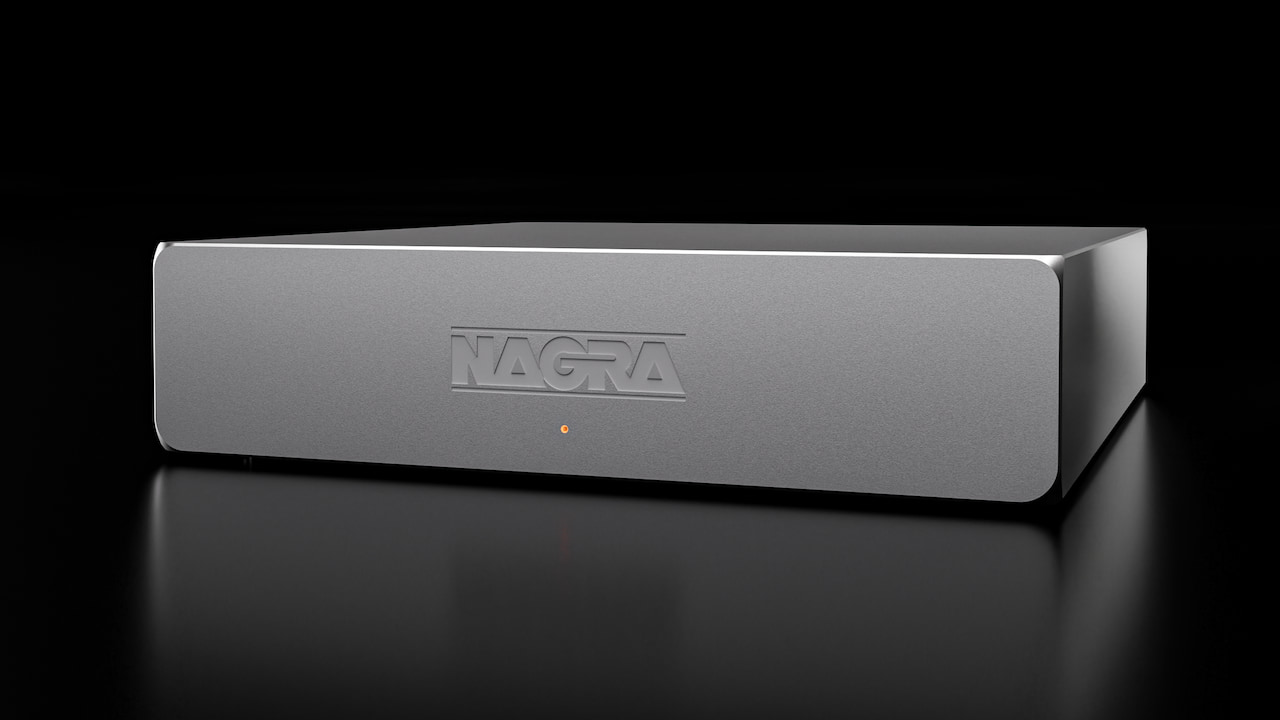
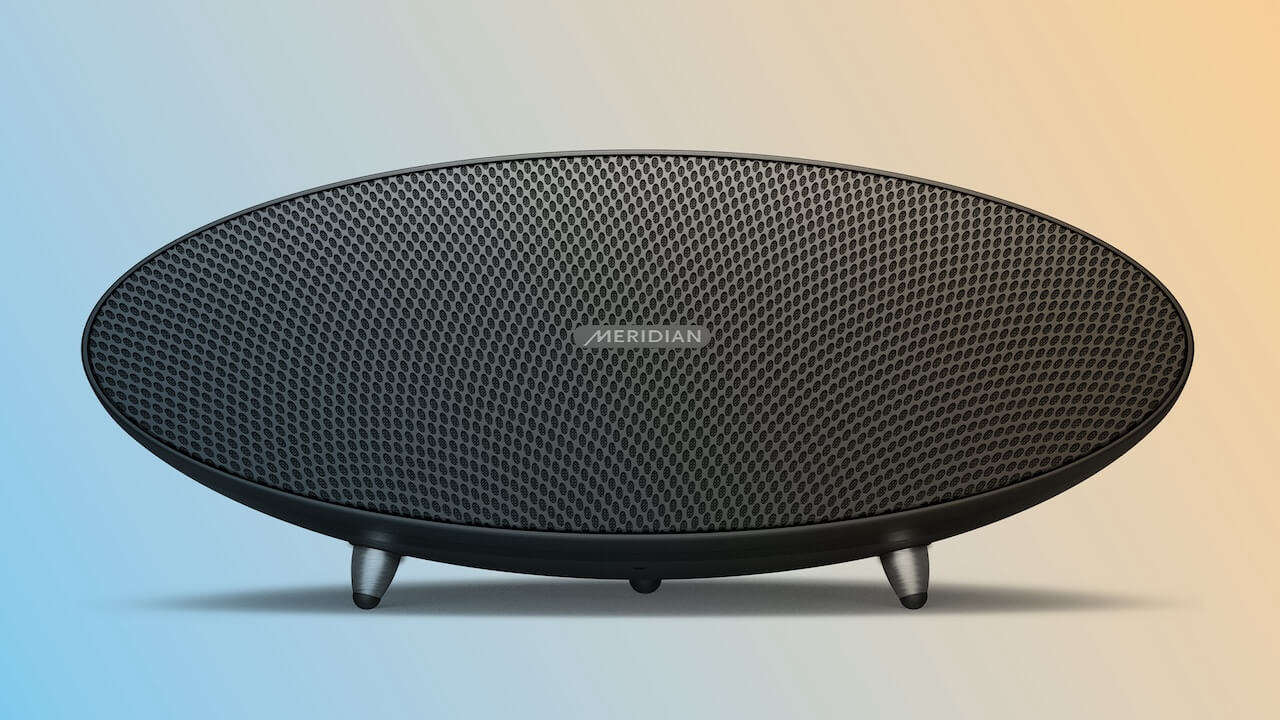
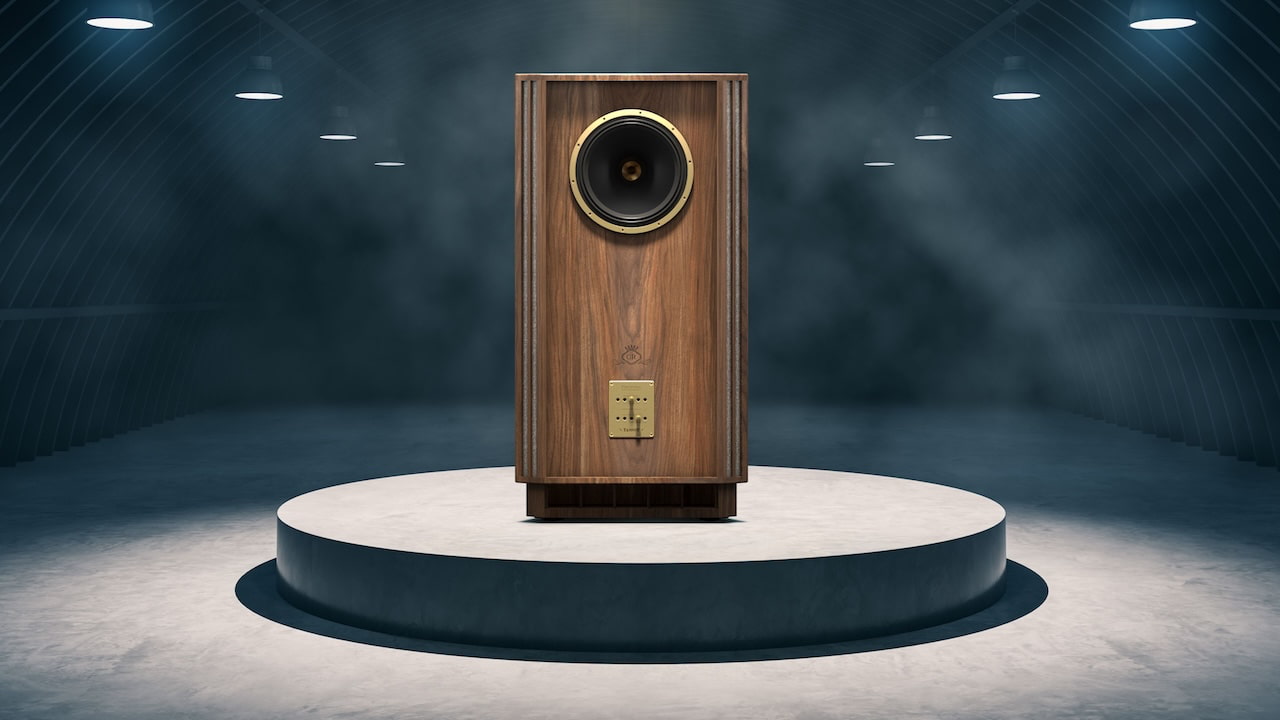




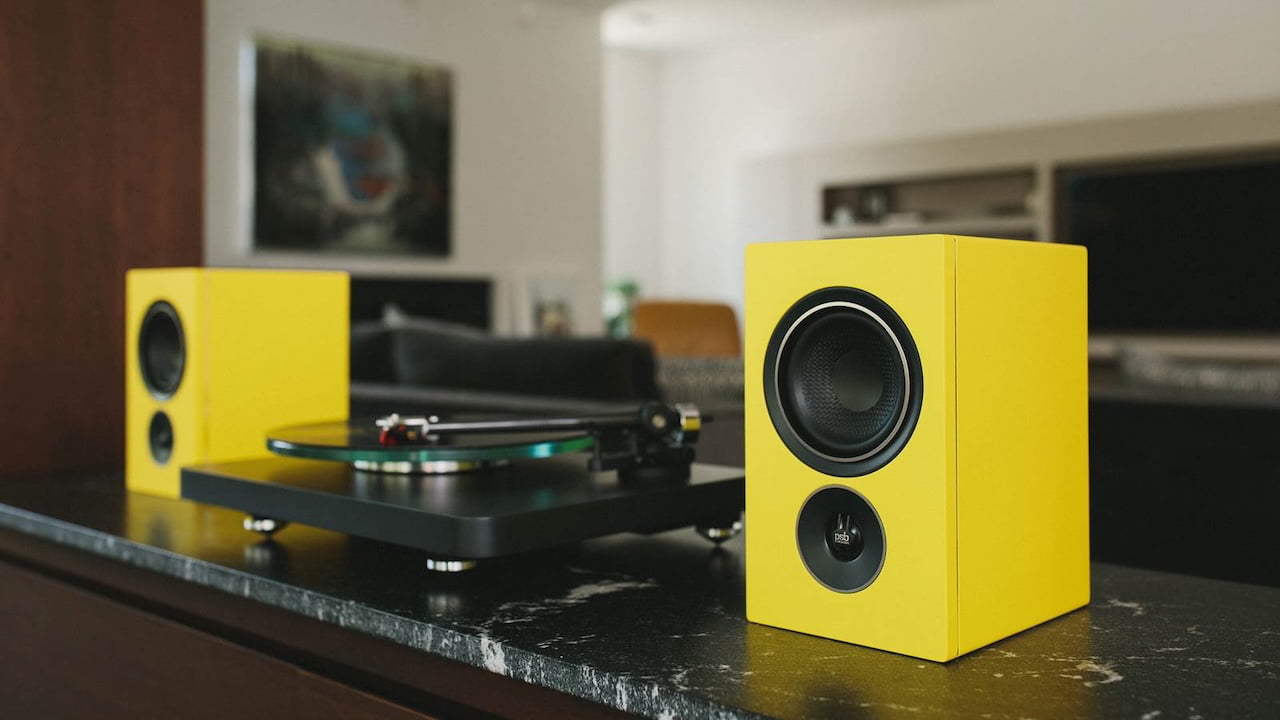
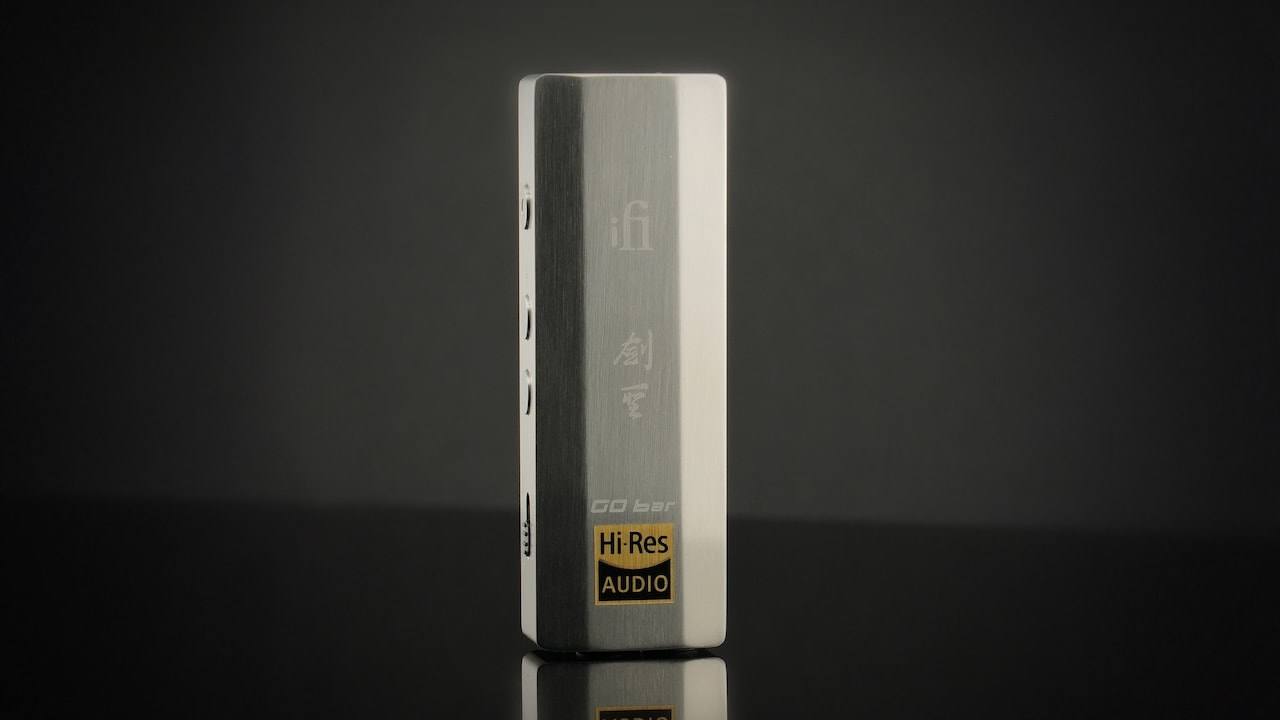
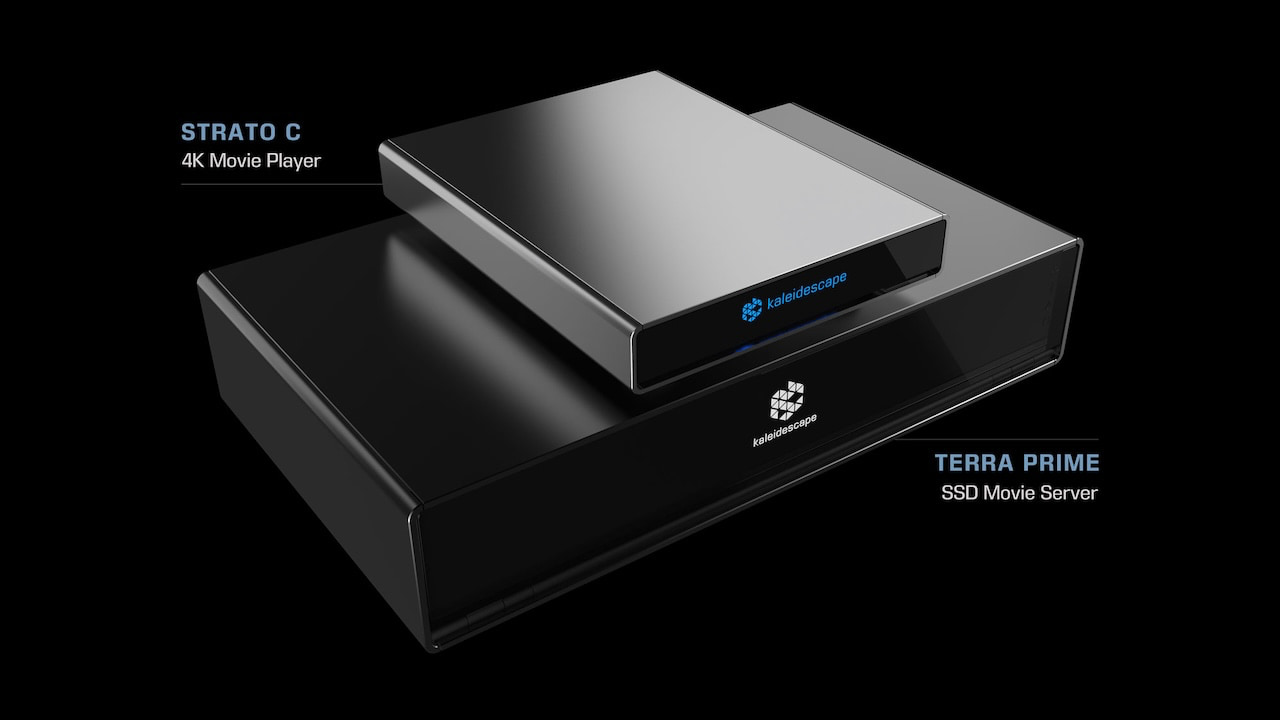
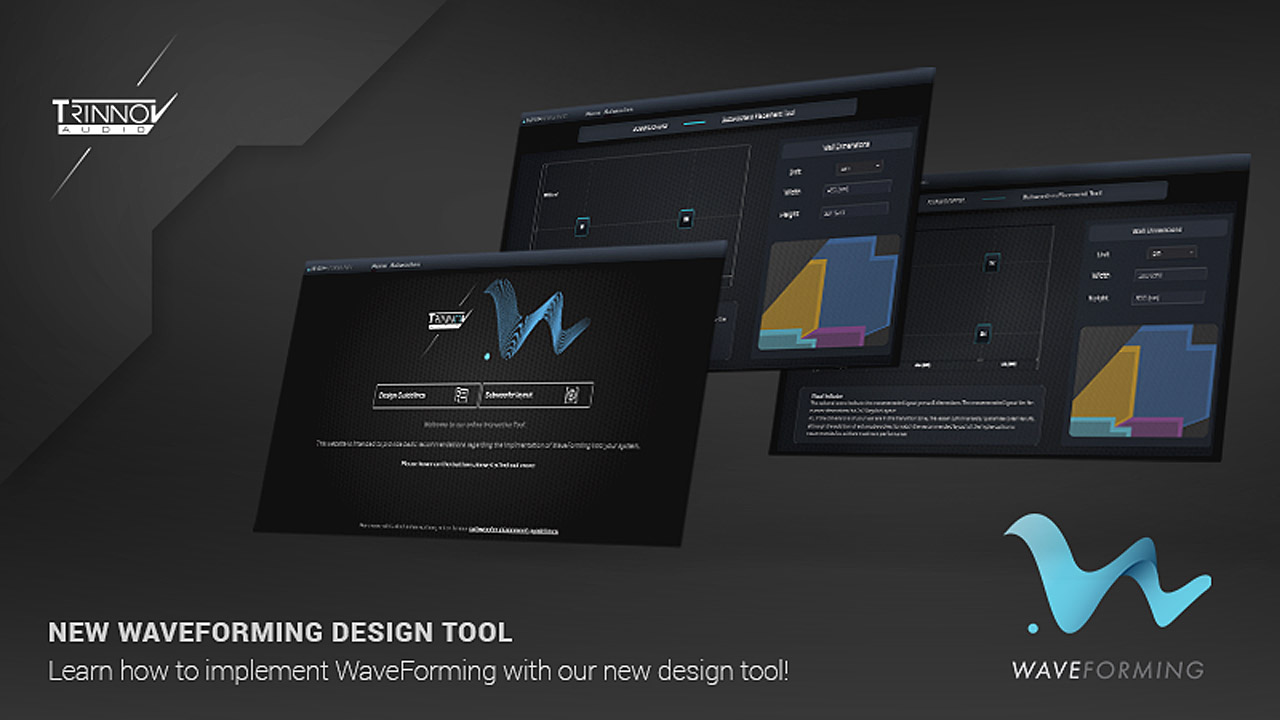
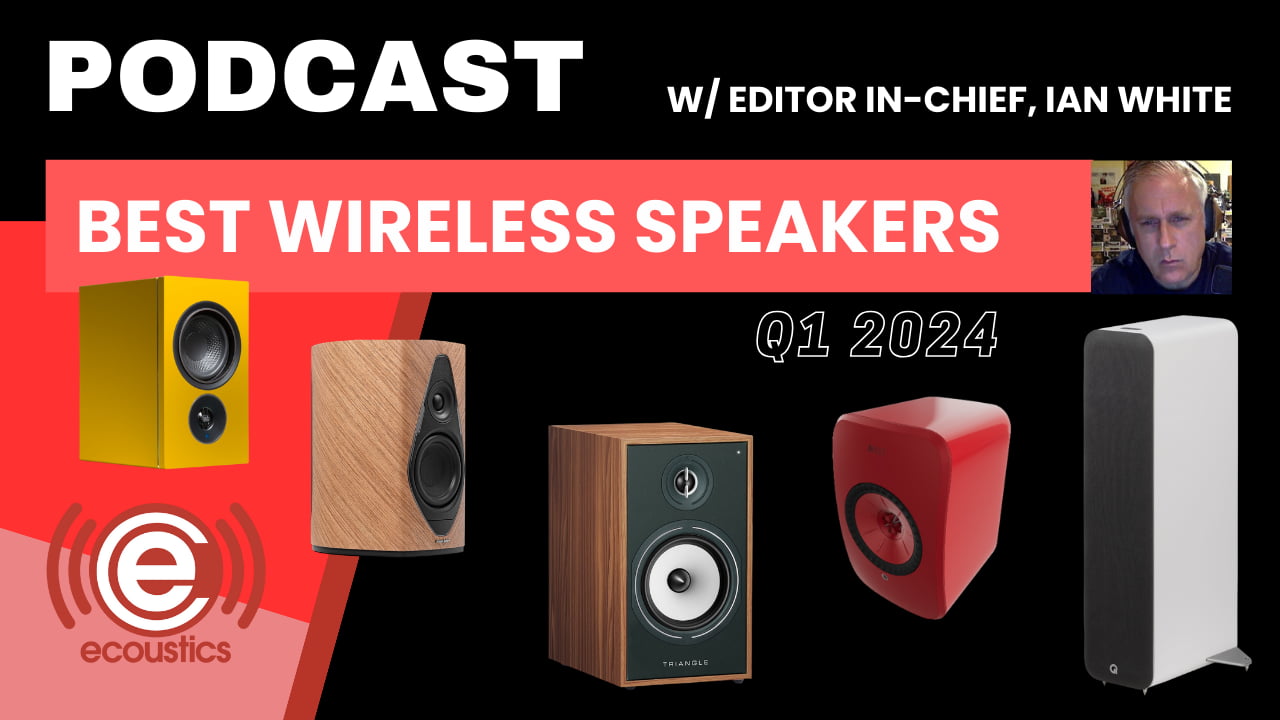

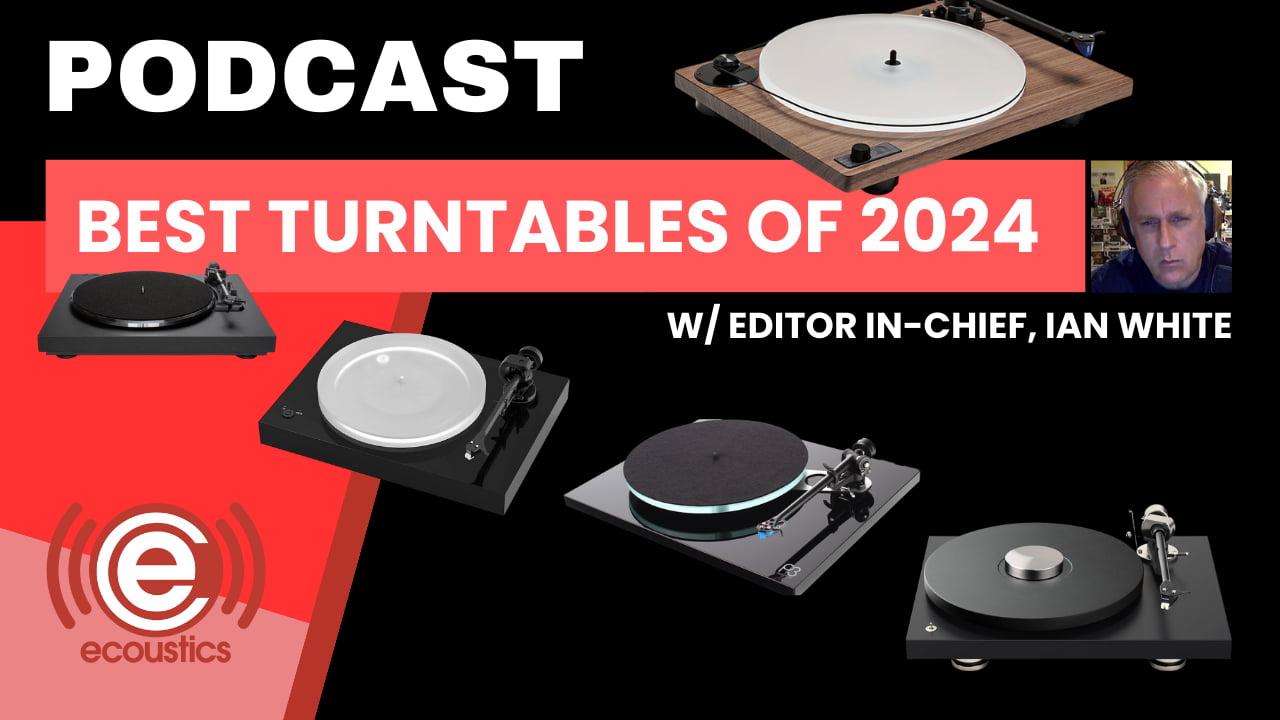
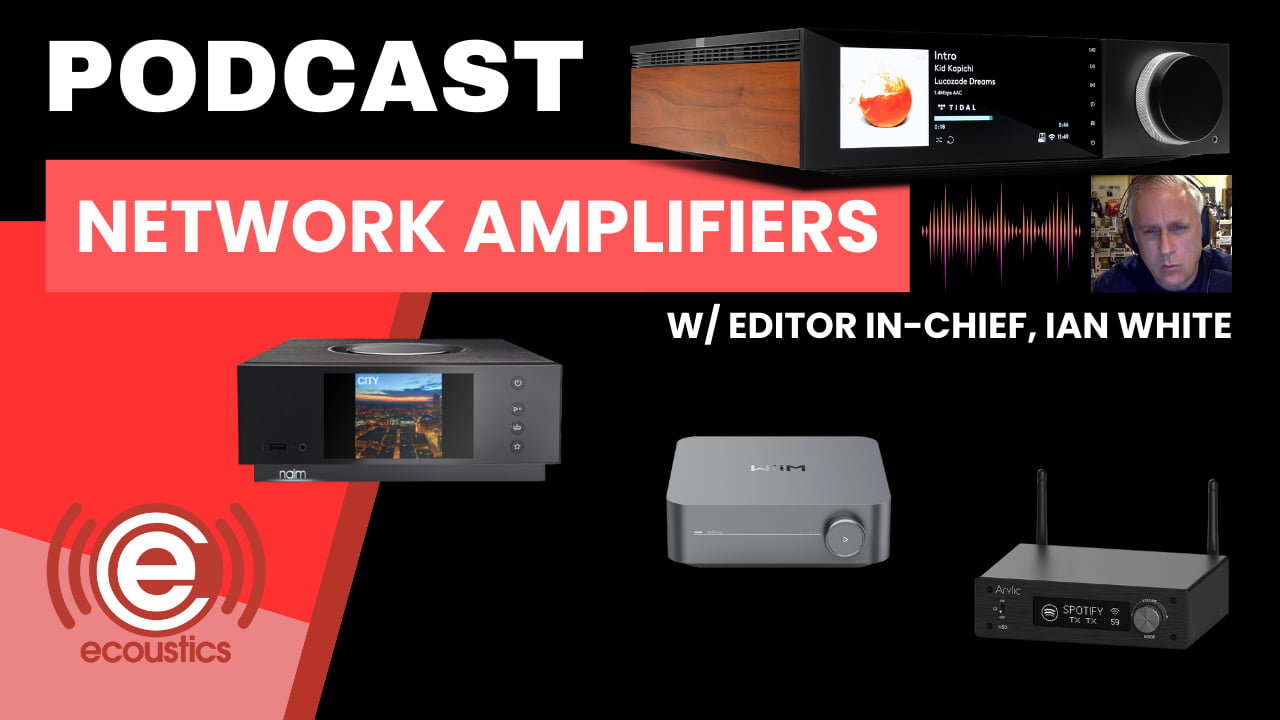

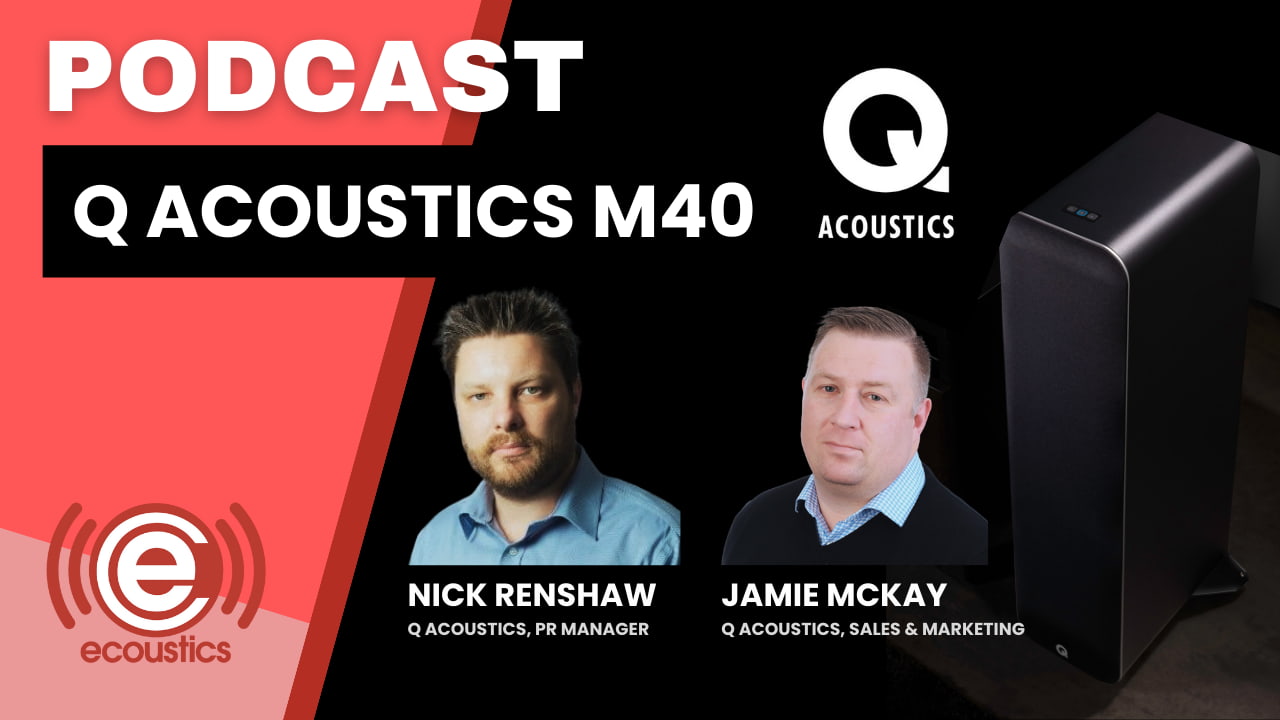

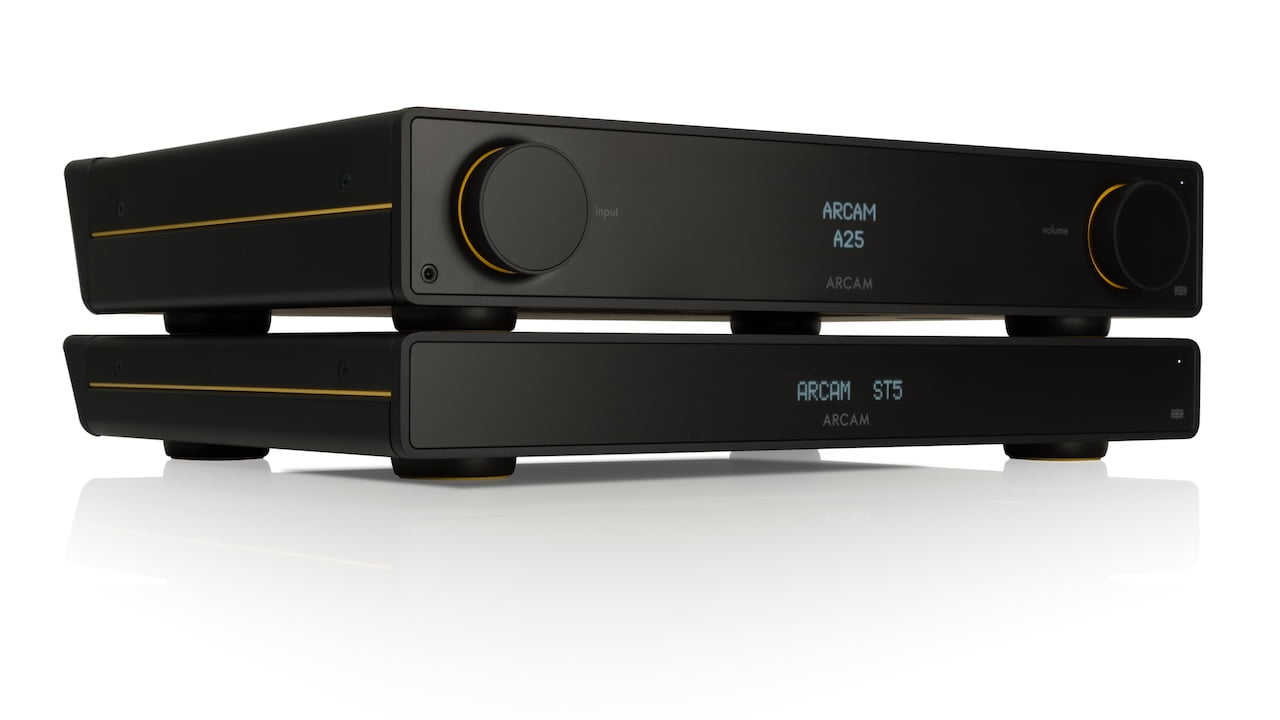
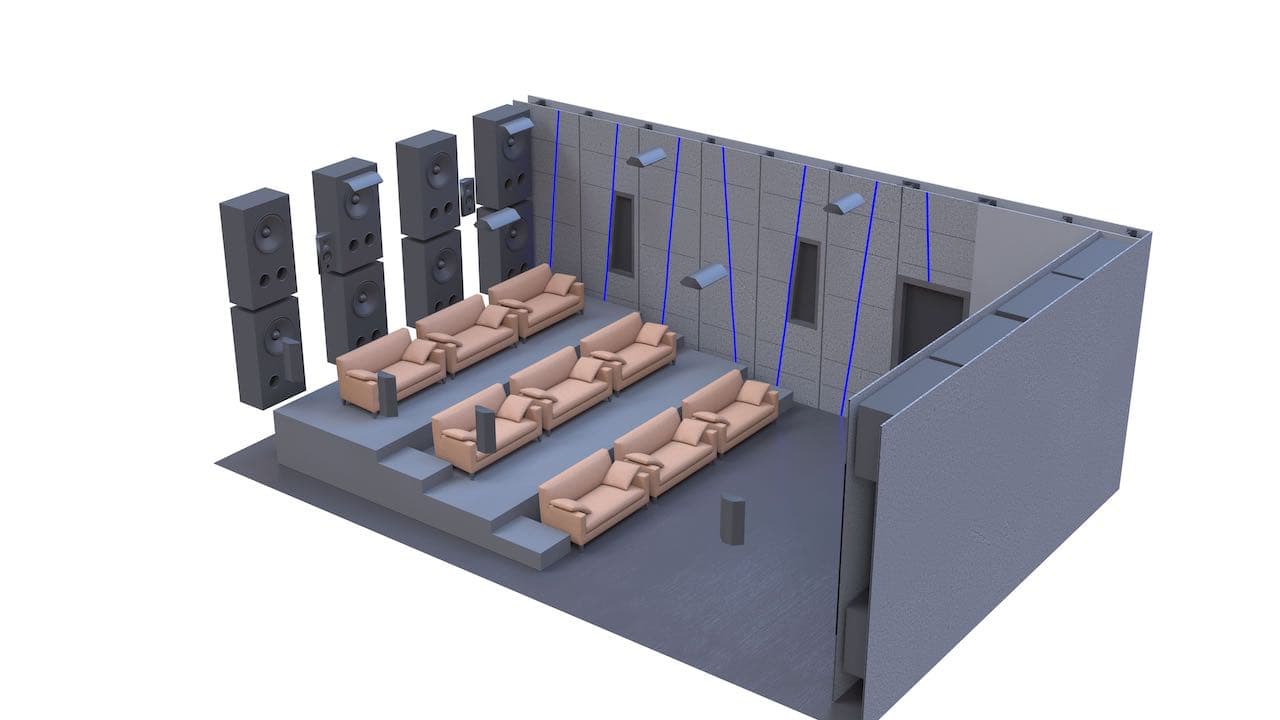
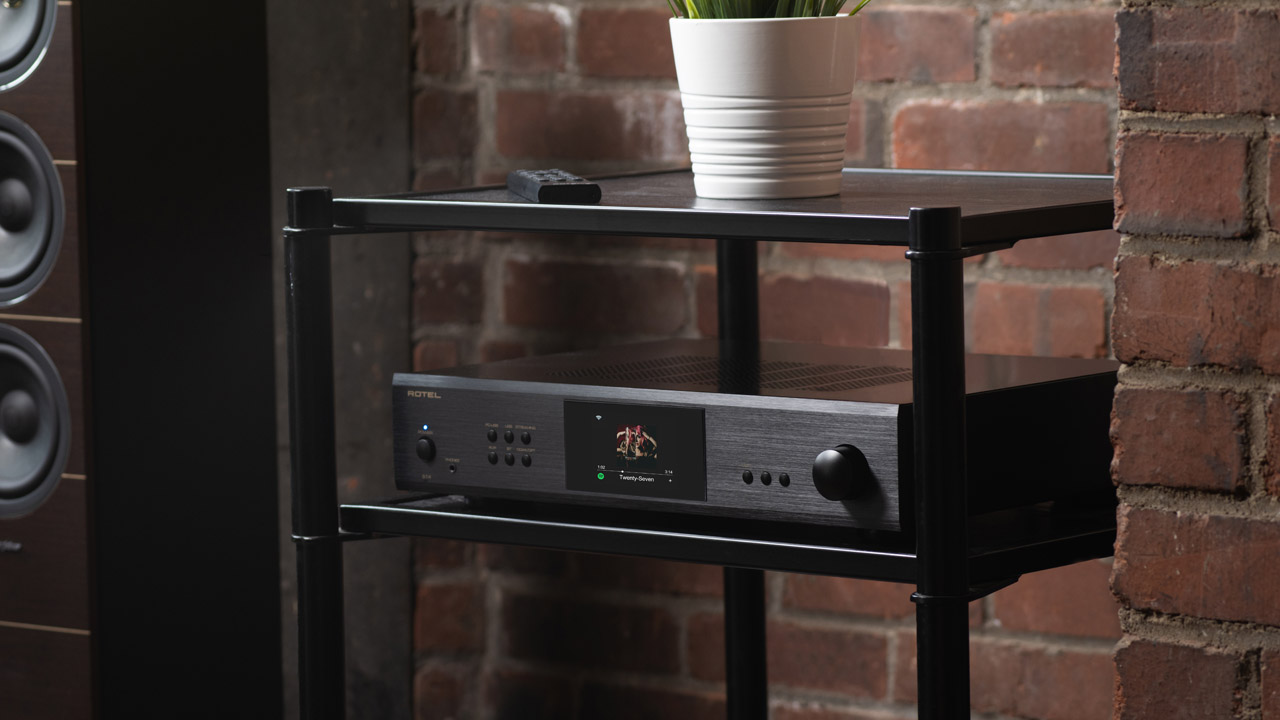
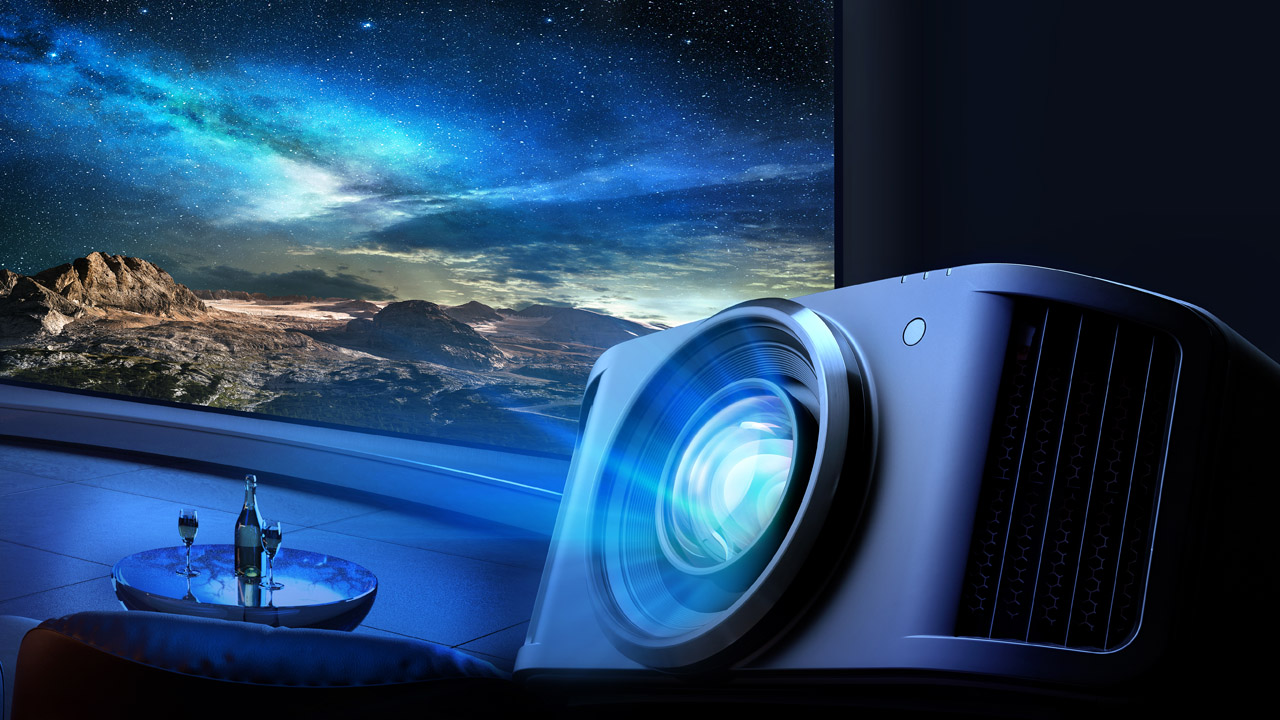
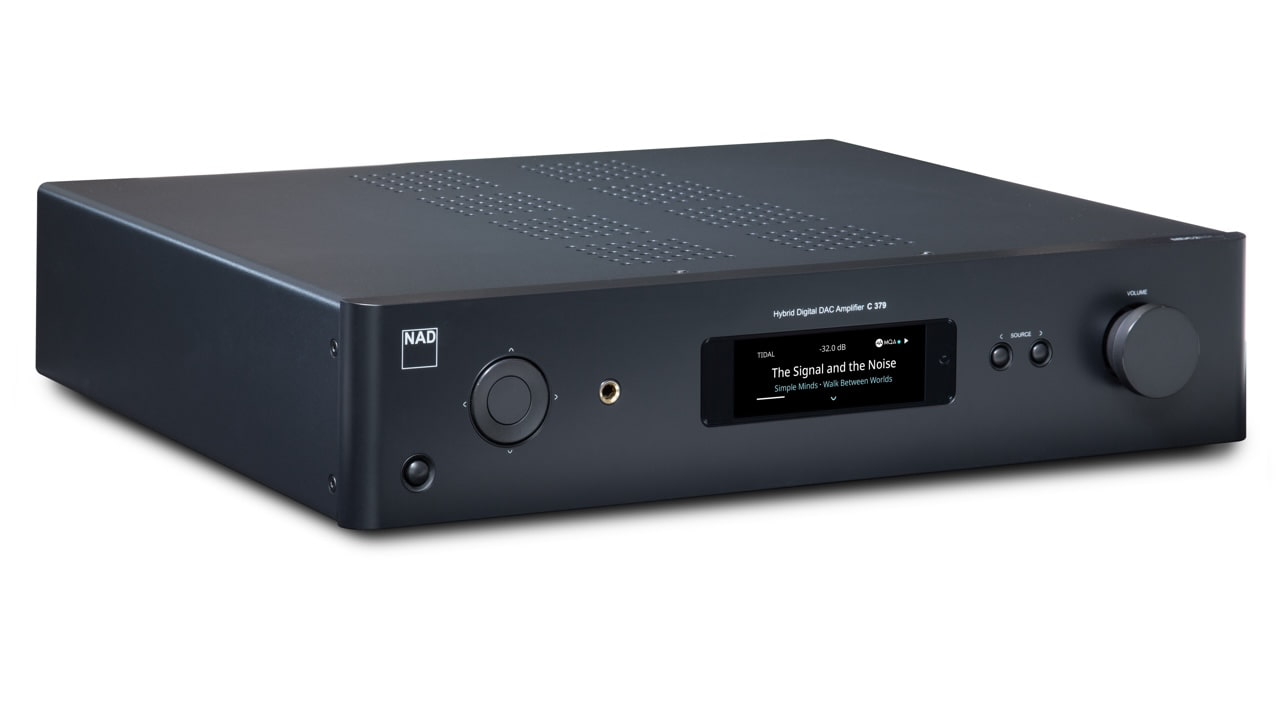
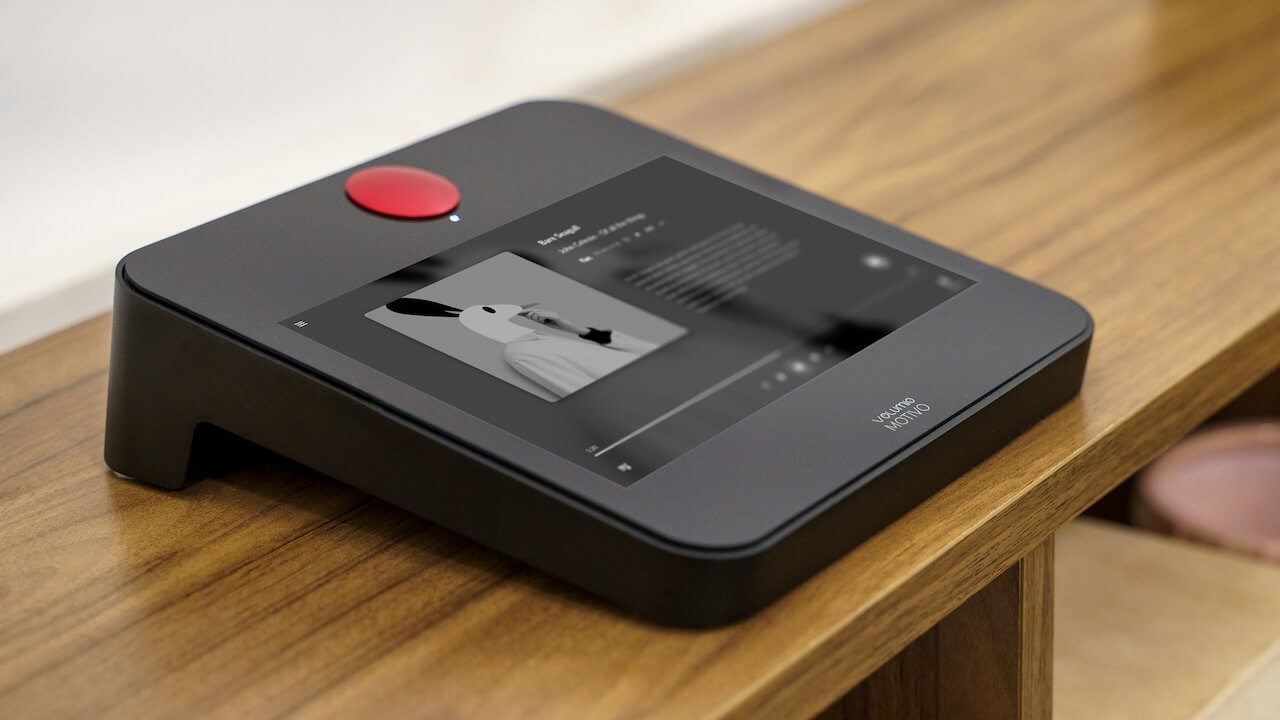

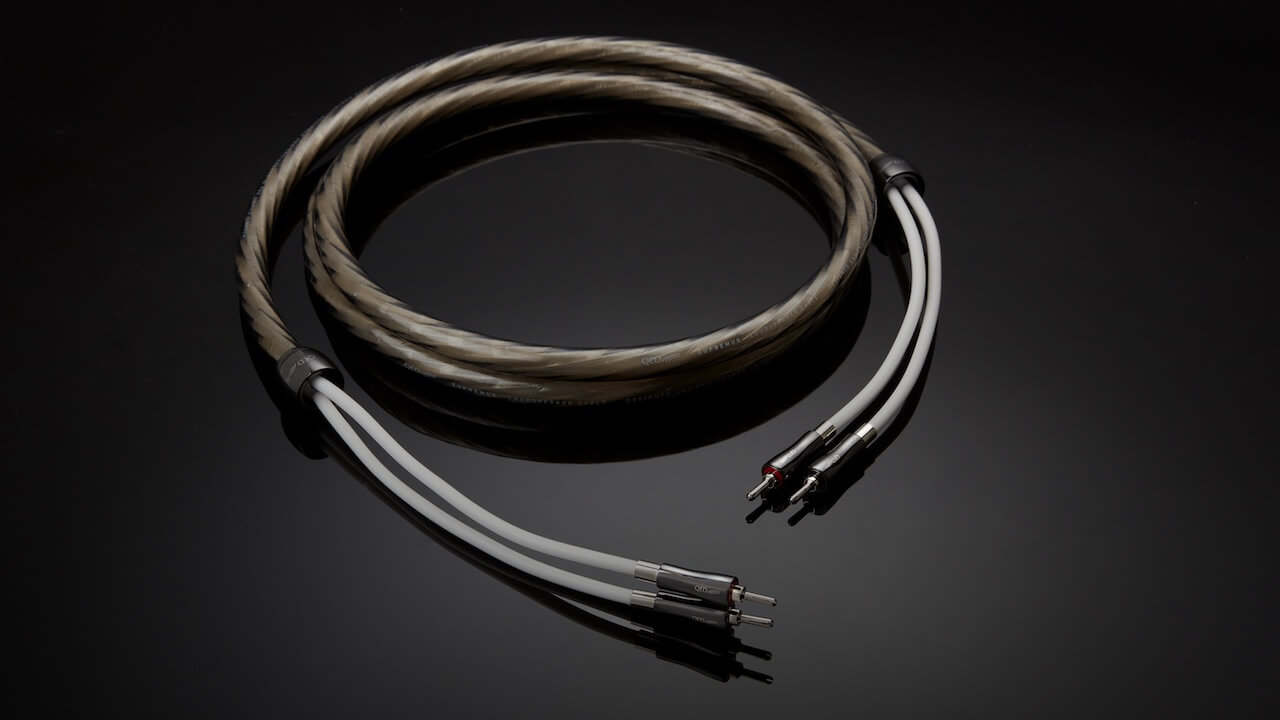
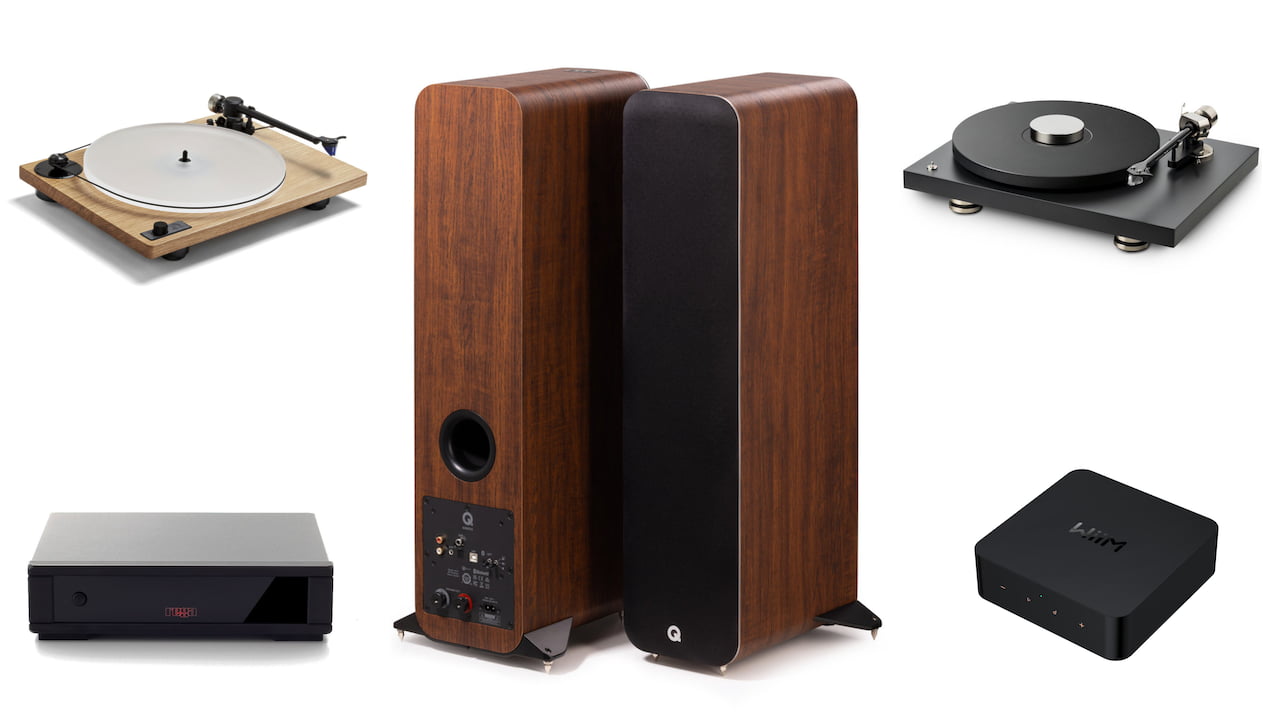











John Friend
June 29, 2023 at 1:40 pm
Let’s all agree to end using WTF. It’s unnecessary, stupid, vulgar, and lazy. That’s the best you could do?
Ian White
June 29, 2023 at 2:25 pm
John,
We had that discussion when we started the series and it’s weird how SEO handles it. There are only a few more left to publish and I must tell you that it has worked (from a search) perspective when it comes to driving traffic. I can’t explain it but it will likely keep the topics on page 1 in regard to Google searches.
But yes…when it’s done, we’re not using it again.
Ian
George
July 1, 2023 at 6:02 pm
I’m not sure why quality of bass was mentioned about ported subs. The last 15 years with the aid of computer aided designs and modelling has eliminated that issue.